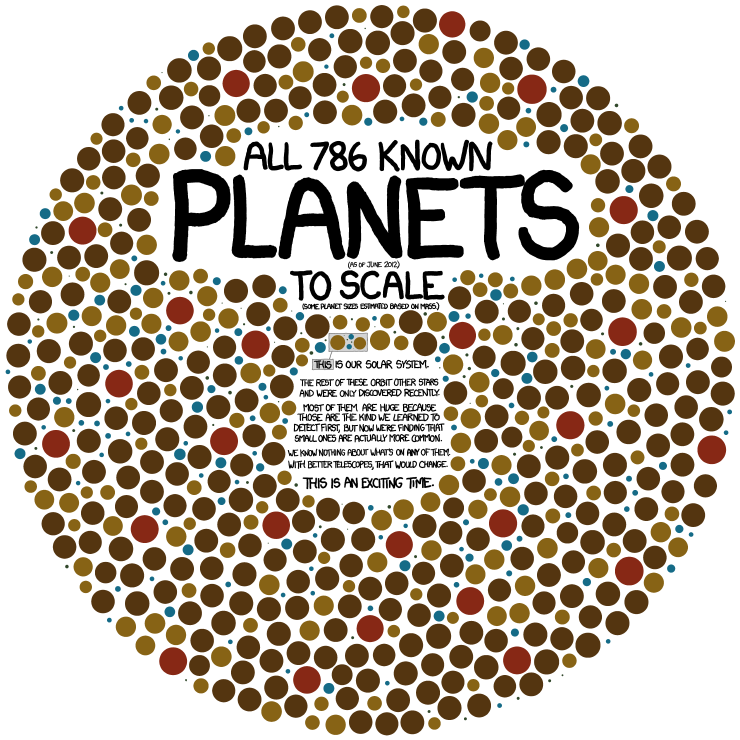Astronomy is the one of the few sciences in which our subject is indirectly studied. We cannot deal hands-on with stars, planets, or nebulae; our only tools to explore the vast cosmos are the lenses that we look through, and thus our picture of the universe depends solely on how good our eyes are. And so astronomers are meticulously counting photons, de-convolving images, continually calibrating instruments and developing new and innovative technologies. We can’t, nor would we want to, hold a piece of a star; all we can hold are images.
However, human ambition and curiosity are not to be limited. Within the last hundred years, we have gone to the moon and Mars, sent space probes out of the Solar System, and discovered countless exoplanets. We have an intrinsic desire to see up close what we are investigating; there is currently a proposed mission (you can see for yourself if it’s believable or not...) to send people to inhabit Mars by 2023. It seems that an inevitable desire in human nature is expansion.
The exoplanetary discovery missions thus far have discovered a zoo of exoplanets. Gas giants, rocky terrestrial planets, and others line the spectrum, including ones in the nebulously defined habitable zone of their host star, in which liquid water can exist. We are learning that there are probably many pale blue dots out there, and perhaps even other life. The degree of complexity life may hold across the cosmos, we don’t know until we find it. Now comes the speculation. We stand on the precipice of more fascinating discoveries, looking ahead to the future. Will we actually visit another planet? Will we find life anywhere else in the cosmos?
It’s kind of like groping around in the dark. As every scientist young and old knows, experiments must be performed several times in order to get accurate results, but the Earth has only given us one grand experiment to work with. Our definition of life is limited by our own experiences here on our pale blue dot; we could be as wrong as Aristotle’s geocentric model of the universe. And perhaps “life” is in fact everywhere in our universe, but we are desensitized to it by our constraining definition.
The future prospects are extraordinarily exciting. But noble ideas of expansion and exploration can sometimes eclipse our present realities; sometimes we are so preoccupied looking through our lenses at the sky that we are blinded to what is here on the Earth. There is much potential here at home. While discovering other planets like ours, we still have a responsibility to care for, to “preserve and cherish” in the words of Carl Sagan, our own pale blue dot and the life that exists on it. While the pursuit of knowledge for its own sake is an excellent thing, should creating settlements on Mars be a priority when our own housekeeping may not be complete?
The coming years for exoplanetary science will give us worlds of knowledge about our universe and our place in it. The potential exists to bring people together from across the planet. Having this cosmic perspective should be incredibly humbling and eye-opening to how thankful we should be to live and think on our little speck in this dangerous universe. A cosmic perspective should be equalizing, showing us that no matter what social stratifications may exist, we all ultimately are in the same position. Though we can’t actually hold the stars and touch the galaxies, in the words of Neil DeGrasse Tyson, “The atoms of our bodies are traceable to stars that manufactured them in their cores and exploded these enriched ingredients across our galaxy, billions of years ago. ... We are not figuratively, but literally stardust.” And perhaps, in our quest to understand ourselves, we will find other living beings made up of stardust, just like us.
“We are now creations of the universe standing upon a floating stone, pieces of the universe taking the first steps toward understanding itself.” - J. Swift


